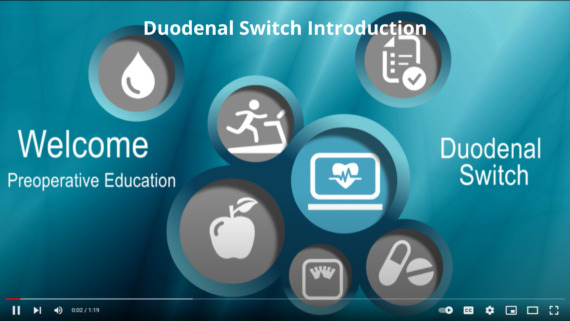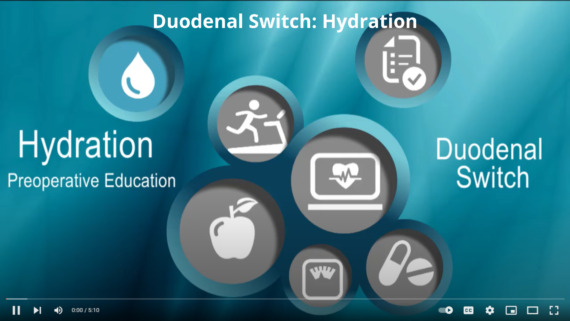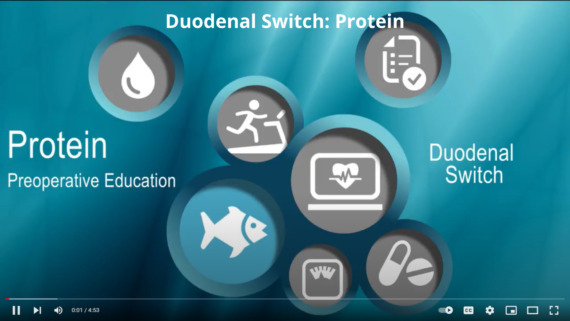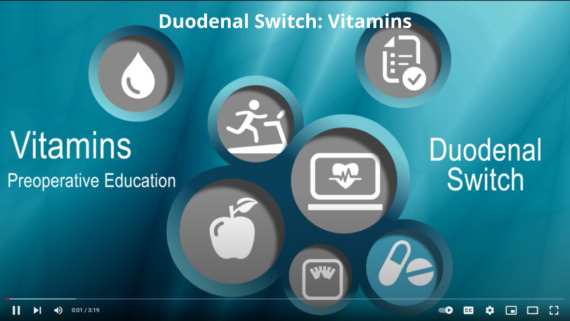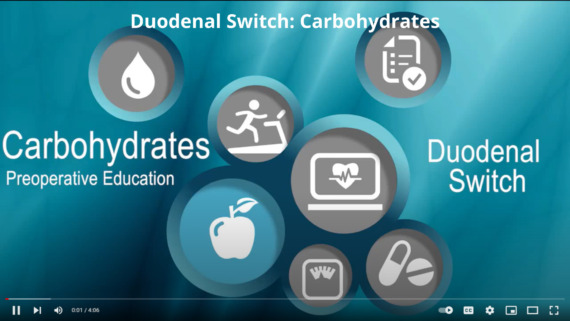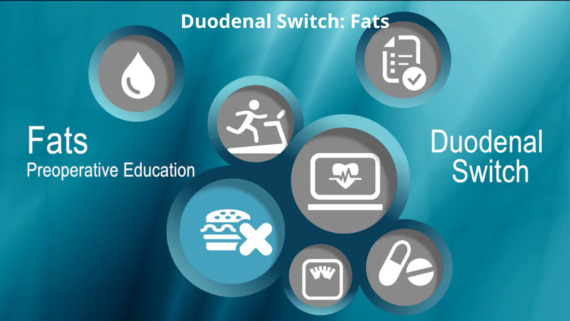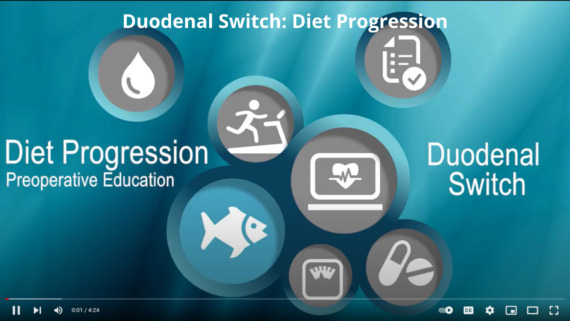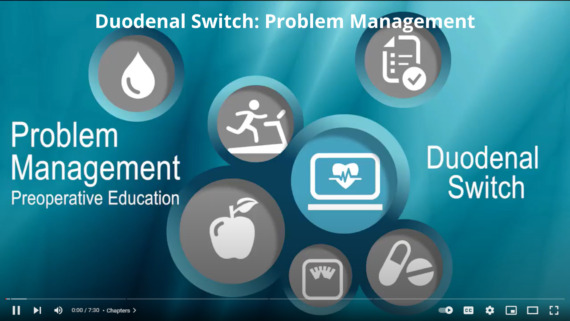What is a Duodenal Switch?

The biliopancreatic diversion with duodenal switch (BPD/DS) is a well-established weight-loss surgical procedure that provides excellent weight loss and long-term resolution of health conditions associated with obesity. This operation is usually, but not always, reserved for the extremely obese (with a BMI of greater than 50) because this surgery tends to result in more significant weight loss compared to other weight loss procedures.
Some of our patients lose anywhere from 60-85% of excess body weight.
Aside from limiting the amount of food one can eat, some scientists also believe this helps reduce the chemicals produced by the stomach that trigger hunger and eating. Unlike the Roux-n-Y gastric bypass, the Duodenal Switch keeps the pyloric valve between the stomach and small intestine intact, eliminating dumping syndrome, marginal ulcers, stoma closures and blockages. These are the possible side effects observed in patients who have had other gastric bypass procedures but not with the duodenal switch surgery.




